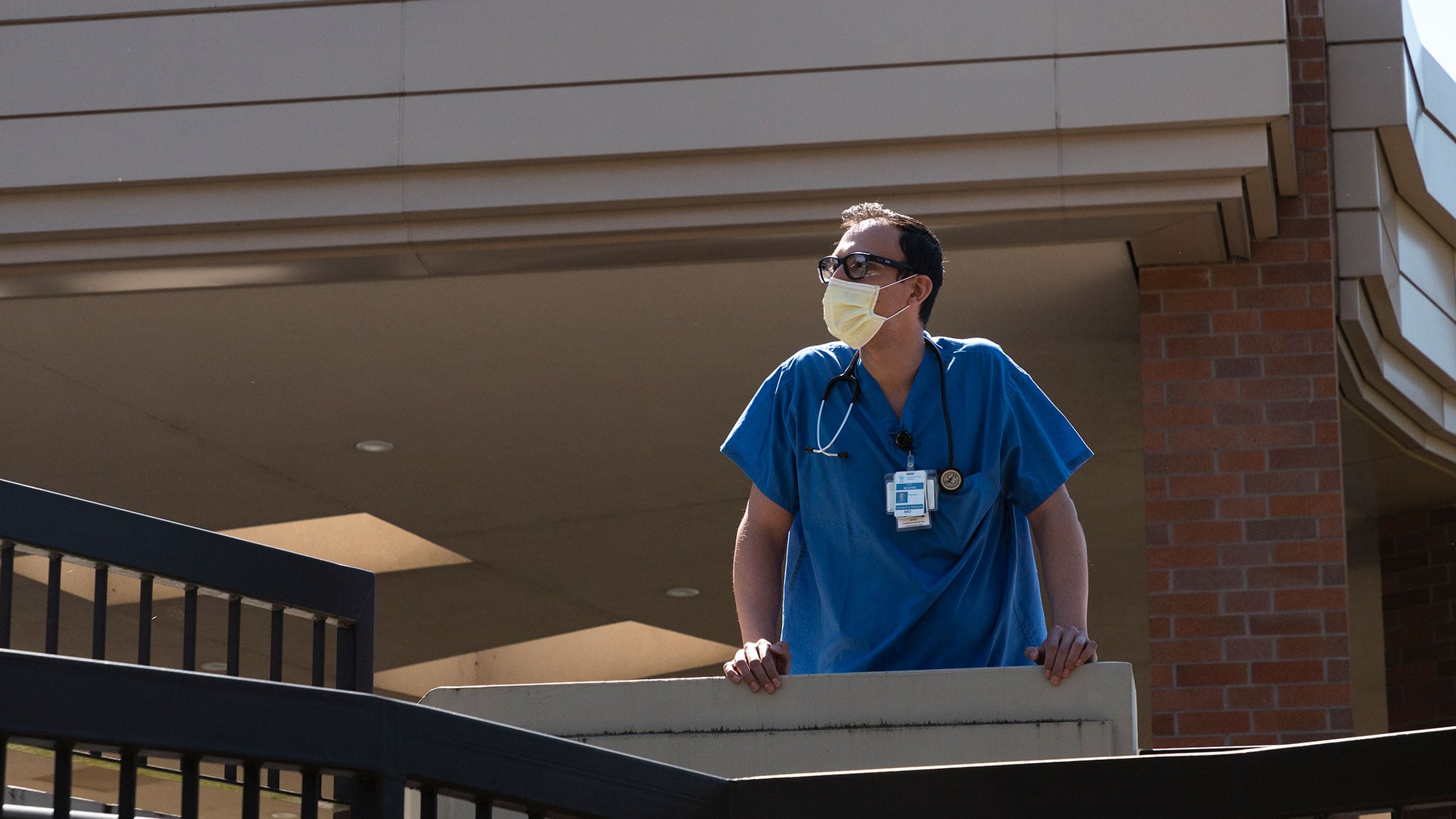Unions representing employees at Oregon Health & Science University are circulating a petition calling on executives there to decline one-time bonuses that amount to more than $100,000 for the highest-paid leaders.
OHSU president Danny Jacobs bestowed $12.5 million in “President’s Recognition Awards” last month on 2,000 of the university’s 19,765 workers, ranging from low-level supervisors to executive vice presidents—one of whom makes more than $1 million a year. Most of the bonuses will be paid out on Oct. 13, documents obtained by WW show.
The bonuses were not based on performance, and Jacobs made them amid a bitter nine-month fight with unionized nurses who had authorized a strike over wages and other issues. Leaders at the Oregon Nurses Association reached a tentative contract agreement with the university on Sept. 25, and members ratified it yesterday.
Handing out the bonuses to the top brass at OHSU “is not merely tone deaf in the face of well-documented employee morale issues, it is deeply unethical,” the unions’ petition reads. “Many workers at OHSU are struggling. Hundreds rely on food banks to survive. Resident physicians, the doctors who provide front-line care, work 16 straight hours or more, and then go drive for Uber to support their families.”
For top earners, the bonuses were made as a percentage of base salary. Executive vice presidents got the largest payments, at 15.9%, according to a chart of the bonuses obtained by WW. John Hunter, chief executive of OHSU’s health system and one the the highest-paid leaders, makes $1.15 million, pegging his bonus at $183,000.
The unions’ petition is sponsored by the American Federation of State, County and Municipal Employees Local 328, which represents some 8,000 OHSU workers; the Oregon Nurses Association (3,500); OHSU Graduate Researchers United (300); the OHSU House Officers Union (900); and others. House officers are doctors in training.
“Budget decisions communicate priorities, and this communicates to us that we are low on OHSU’s priority list,” the petition says. “It overlooks ongoing problems in patient care, many of which can be attributed to employee recruitment and retention issues tied to wages and working conditions. $12.5 million could create numerous new positions to support patient care, or make any number of other tangible improvements in the lives of workers that could improve retention.”
